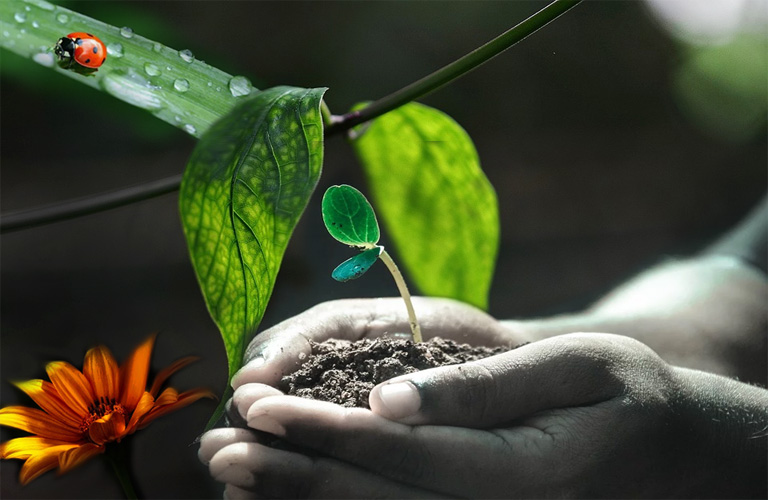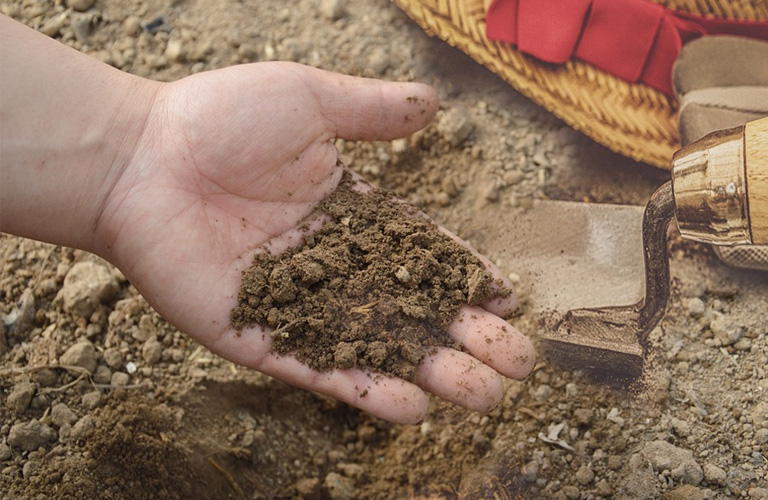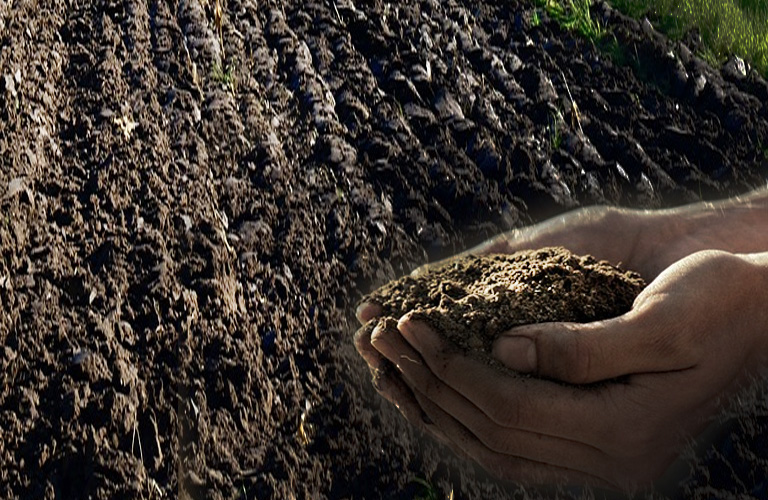Either directly or indirectly, most plant problems are caused by environmental stress. Environmental stress weakens a plant and makes it more susceptible to disease or insect attack and can damage a plant directly. The way plants are placed in the landscape, how they are planted, and their size and health might also influence their survival.
Light: To thrive, plants need to be planted where they will receive the proper amount of light. For example, plants that require partial shade that are at the limits of hardiness in your area might be injured by too much sun during the winter because it might cause rapid changes in the plant's temperature.
Soil moisture: Plants have different requirements for soil moisture, and this might vary seasonally. Plants that might otherwise be hardy in your zone might be injured if soil moisture is too low in late autumn and they enter dormancy while suffering moisture stress.
Temperature: Plants grow best within a range of optimum temperatures, both cold and hot. That range may be wide for some varieties and species but narrow for others.
Duration of exposure to cold: Many plants that can survive a short period of exposure to cold may not tolerate longer periods of cold weather.
Humidity High relative humidity limits cold damage by reducing moisture loss from leaves, branches, and buds. Cold injury can be more severe if the humidity is low, especially for evergreens.
Nutrition: Plant growth is greatly affected by the nutrition. Plant nutrition refers to a plant's need for and use of basic chemical elements. For normal growth plants need 17 elements. Three of them (carbon, hydrogen, and oxygen) are found in air and water. The rest of them (macronutrients and micronutrients) are found in the soil. Macronutrients are six soil elements used in relatively large amounts by plants. They are nitrogen, potassium, magnesium, calcium, phosphorus, and sulfur. Micronutrients or trace elements are eight other soil elements which are used in much smaller amounts. They are iron, zinc, molybdenum, manganese, boron, copper, cobalt, and chlorine.









